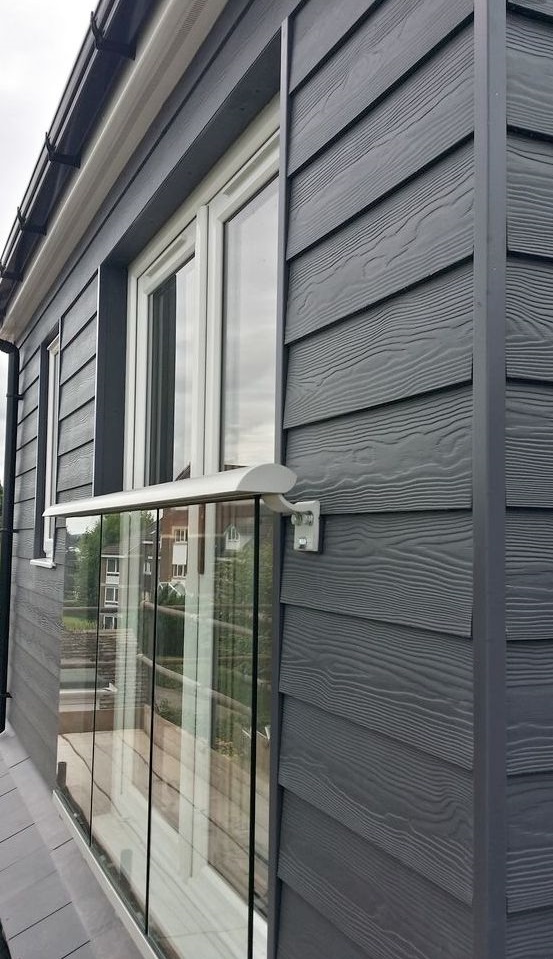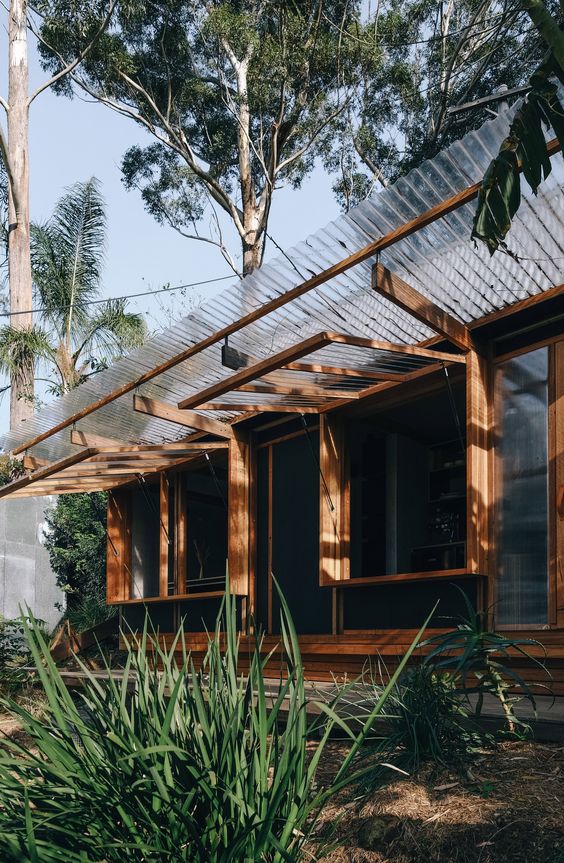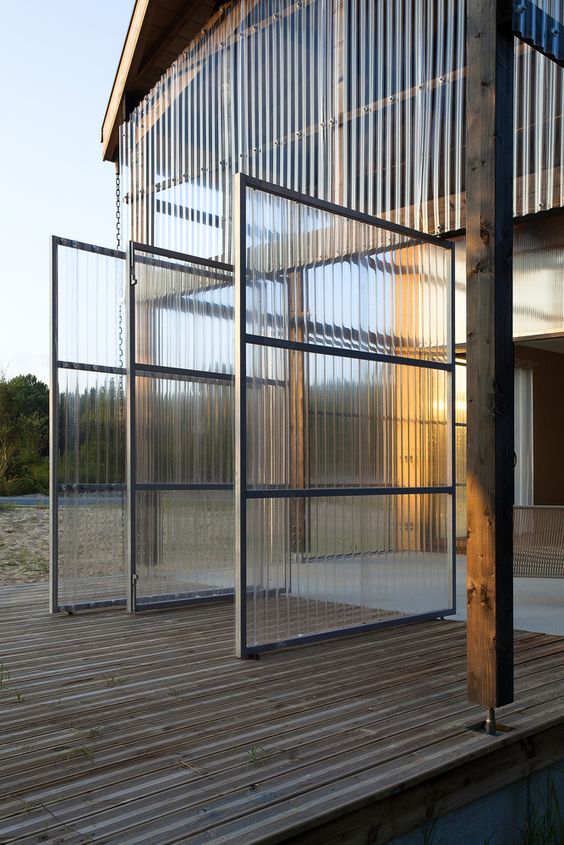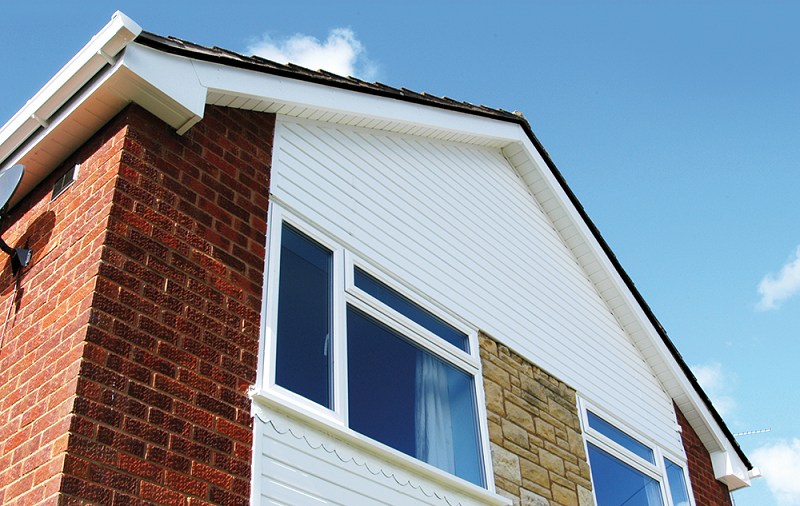Queenangelo.com – There are a number of benefits to Plastic Cladding. It is a cost-effective and functional material, making it the choice of many vehicle manufacturers. Not only does it save on production costs, but it also brings many obvious benefits to consumers. Plastic cladding, for example, can help hide wheel well dings caused by road debris and dampen tire noise, among other benefits. Furthermore, it also helps reduce corrosion from water and salt.
Privileges of Plastic Cladding
It is easy to install, lightweight, and requires no maintenance. It is non-flammable, and it is highly resistant to water, UV rays, and heat. Additionally, it doesn’t expand or contract when exposed to moisture. Its advantages outweigh its drawbacks, though. Whether you choose a wood-look or a plastic composite material depends on the look and feel of the product. If you want a wood-like appearance, be sure to look for a material that’s authentically crafted.
In terms of aesthetics, Plastic Cladding offers a wide range of options. Unlike traditional roofing materials like clay, plastic cladding weighs less than one-third the weight of a standard roof. Some of these materials are even resistant to high wind and hail. The choice of colour, texture, and material is endless. You can find the right material for your home’s exterior. Once you’ve found the right one, it’s time to get started!

Whether you’re looking to cover the exterior or the interior of a building, plastic cladding is a great solution. It protects the structure from corrosion and rot, while being extremely easy to clean. It is also resistant to UV rays and pollution. Plus, unlike traditional cladding materials, plastic cladding is easy to install, with pinning or nailing. And, as a bonus, it’s much less expensive than tiles.
The Most Popular Types of Plastic Cladding
What is Plastic Cladding? Plastic cladding refers to components that attach to the primary structure of a building and form its external surface. One of the most popular types of plastic cladding is polypropylene, which is often called “plastic siding.” Plastic cladding is an excellent choice for building exteriors because it is easy to install and requires less maintenance than other types of cladding. And because it doesn’t require painting or staining, it requires minimal maintenance.
If you’re looking to fix the Plastic Cladding to your roof or a wall, you should fix the battens to the bottom of the cladding. Be sure to use the correct fixings for the battens and for the substrate. If you’re installing plastic cladding to the interior of your home, it’s important to remember that it is important to ventilate the interior and exterior surfaces as much as possible. If the interior is heated or cooled by air conditioning, this can lead to condensation, which is an undesirable outcome.

Plastic cladding can be applied to both the exterior and interior of a home. It can help protect the wall from damage due to UV rays, dampness and extreme weather conditions. It can also reinforce the insulation of your home. It can also help to prevent sound from penetrating the interior of a home. This is why it is becoming an increasingly popular choice for exterior wall cladding. However, it is important to choose the right type of plastic cladding for your needs and the design of your home.
Benefits of PVC Cladding and Fiber Cement
The benefits of PVC and fibre cement cladding are similar, but there are differences. Although they all have their benefits, the primary difference between PVC and fibre cement cladding is the cost. Fibre cement cladding is generally cheaper than PVC or UPVC, but PVC is more expensive than fibre cement. You can choose from a wide variety of colours and textures. Aside from the cost, you can also choose from a range of different types of plank. For example, you can choose between Hardie(r) Plank weatherboard or JamesHardie(r) VL Plank interlock cladding.

PVC cladding has several advantages, including increasing thermal value and lowering operating costs. Because it is available in a variety of colours, it can also add an interesting aesthetic to your home. If you are planning a new construction project, you must make sure to use sound substrate, good battens, and a vapour membrane. This will ensure that your building has the highest level of insulation and durability. If you’re building a new home, you should also consider PVC cladding for your walls.

Leave a Reply